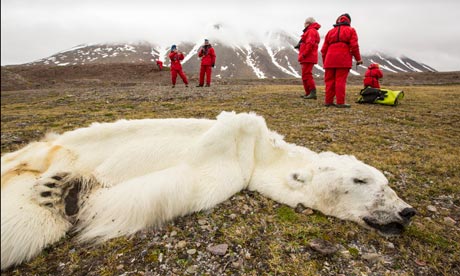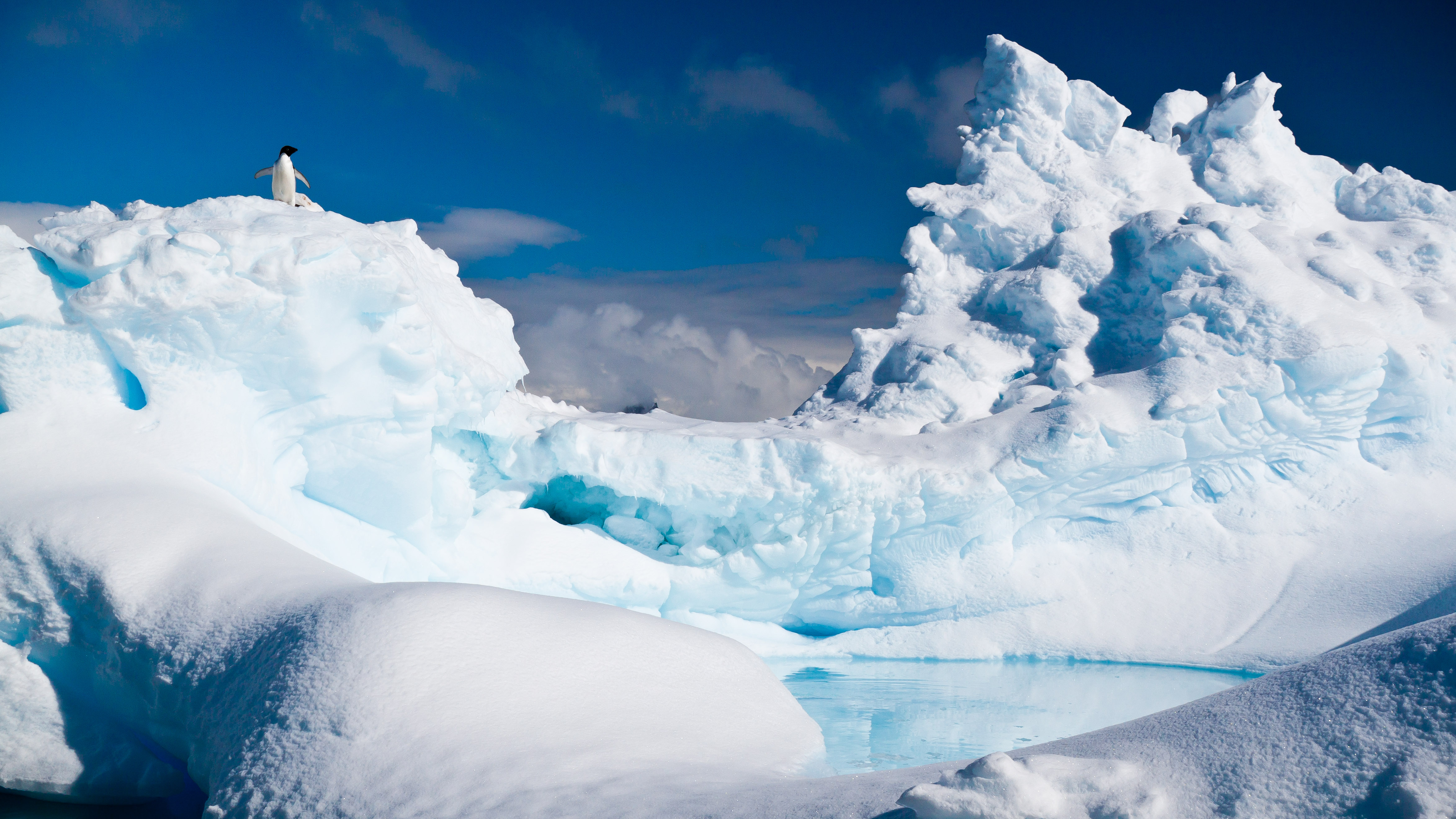http://bookofthetable.tumblr.com/post/69714324221/tabletop-my-new-business-venture
Just as it sounds.

http://www.galapagos.org/conservation/invasive-species/
“Since the discovery of Galapagos in 1535, humans have brought many alien species to the islands—some intentionally, including goats, pigs, cats, and both ornamental and food plants (vegetables and fruits), to name a few—while others, including rodents, insects, and weedy plants, have been carried to the islands accidentally.” They have had to go through great effort to preserve the environment for future generations.
More Sources:
http://www.galapagosislands.com/galapagos-conservation/galapagos-enviroment.html
http://www.darwinfoundation.org/en/science-research/ecological-restoration/
http://www.theguardian.com/artanddesign/gallery/2013/sep/16/postcards-galapagos-islands-in-pictures#/?picture=417421750&index=4
http://www.northernrockieswolves.org/wyoming/tourism.html
“According to a recent study, the roughly 151,000 people who visit Yellowstone National Park each year to see wolves bring in $35 million annually to Montana, Idaho, and Wyoming, which is multiplied several times within the local economies.”
(PIC) http://southdakotapolitics.blogs.com/south_dakota_politics/2012/09/of-wolves-and-men.html
More Sources:
http://www.georgewright.org/251duffield.pdf
http://www.defenders.org/publications/wolves_and_people_in_yellowstone.pdf
http://www.cbsnews.com/videos/all-the-buzz-about-mosquitoes/
http://www.examiner.com/article/huge-florida-mosquitoes-what-travelers-can-do-to-avoid-getting-stung
@5:15 on the CBS video they discuss how they are spraying the Florida Keys to reduce mosquito populations to extend their tourism period to year round.
(PIC) http://www.usnews.com/news/articles/2012/06/08/tsunami-dock-could-bring-invasive-japanese-species-to-us-coast
In the aftermath of the 2011 Japan tsunami, there was 165 ton dock that washed ashore Oregon’s coast. The invasive species still alive after their 5,000 mile journey on the dock posed a threat to Oregon’s environment.
The Intergovernmental Panel on Climate Change has submitted their preliminary Fifth Assessment Report in September 2013. It is an eye-opening analysis of climate data from around the world by an international panel of scientists. Those with little to no scientific background should view the Summary for Policy Makers, intended for those who want to see the big picture without needing a large amount of background. Those who wish to sink their teeth into the science should read the Technical Report, which goes into much more depth on the various facets of climate change. Both can be found here:
Allies and neighbors of Canada have called for a formal investigation into Canada’s refusal to offer full protection to polar bears. Canada currently only offers limited protection to polar bears. Officials have not given enough importance to research predicting the immense loss of polar bears ongoing and in the near future.

[Image source: The Guardian]
Polar bears in Churchill, Manitoba, Canada
Polar bears visit this area (especially garbage dumps) and it is one of few places where people can see polar bears in the “wild” without having to go too far into the wilderness. Is it healthy for polar bears to be this kind of tourist attraction? Can this tourist attraction be used to help raise awareness and funds for polar bear conservation?
More on Polar Bears..
Across the Western Coast, sea stars have been dying off. The Sunflower Star, which can have up to 2 dozen arms and weigh up to 5 kg, have been experiencing a massive epidemic. First noted in September 2013 in the Howe Sound, near Vancouver, BC, the phenomenon has since spread from Alaska all the way to Southern California.
Marine biologist Jeff Marliave, from the Vancouver Aquarium, describes the scene: “The sick ones tend to just fall apart in front of your eyes… An arm will actually break off and crawl away. Then they turn to goo.” Though scientists are still unsure of the cause, the main guess is a disease. The starfish populations have been undergoing a boom over the last two years, with populations peaking in 2012. With such high population density, infectious diseases can ravage a population before any response is possible.
With funding low, scientists are reaching out to the public to help collect data. SCUBA divers can submit relevant data from their dives, specifically location, approximate starfish population, depth, water temperature, and (if available) salinity and dissolved oxygen levels. Any data can be submitted to the Vancouver Aquarium at fishlab@vanaqua.org
Further Reading:
http://nwpr.org/post/mass-starfish-die-hits-vancouver-may-happen-washington
http://bc.ctvnews.ca/vancouver-aquarium-alarmed-at-mass-die-off-of-starfish-on-ocean-floor-1.1487804
An excellent gallery of photos, with both before and after the epidemic:
The soaring numbers of tourists cruising to the Antarctic could have serious environmental implications for the world’s last great wilderness. Delegates have met to call for tougher safety regulations…

[Image Source]
Tourists cause pollution problems in Nilgiris dt.

[source: The Hindu] Officials in Nilgiris district as well as members of The Department of Tourism are working on ways to promote responsible tourism to combat the ‘irresponsible’ activities of ‘insensitive’ tourists who leave behind copious amounts of garbage and convert ecologically sensitive areas into picnic spots.